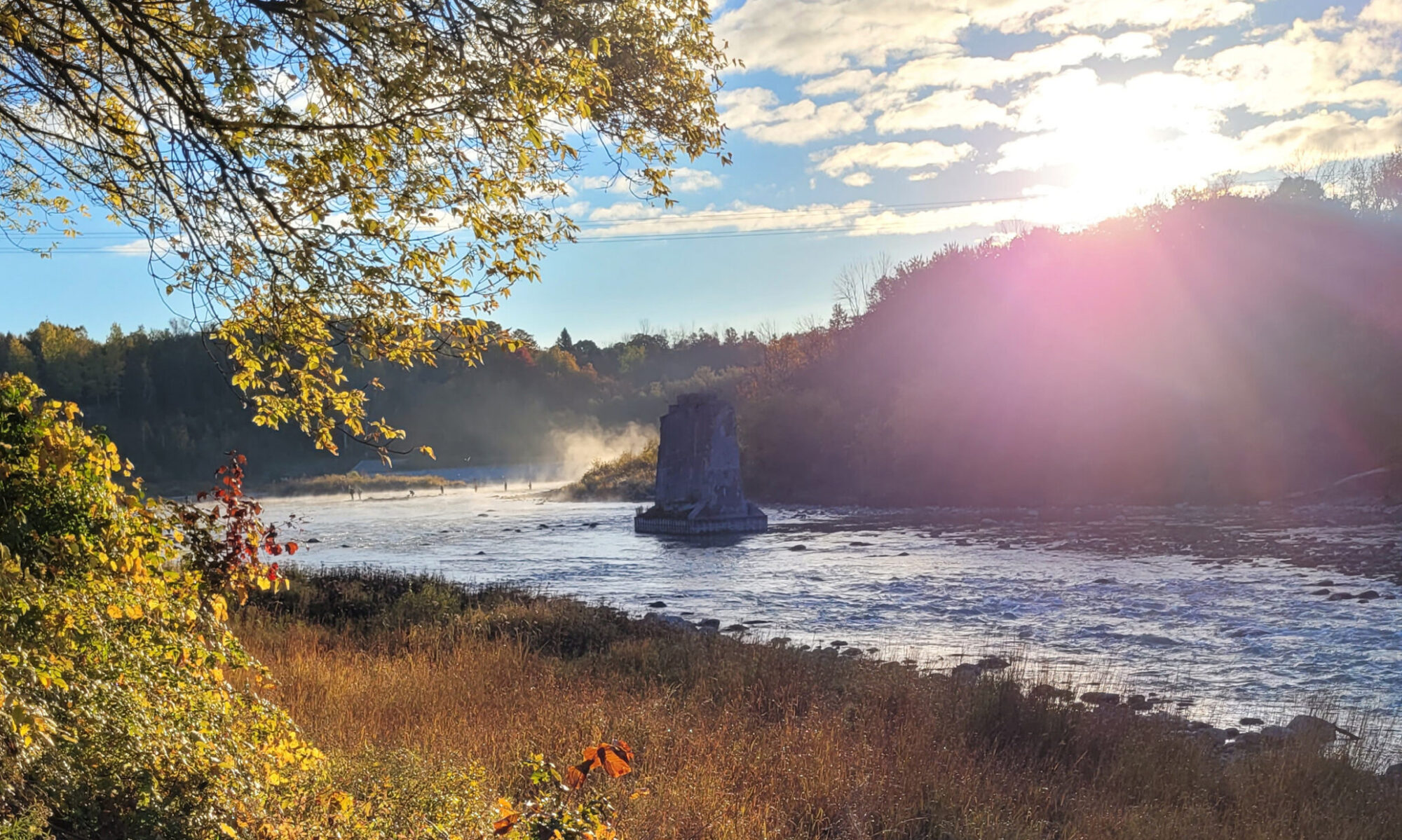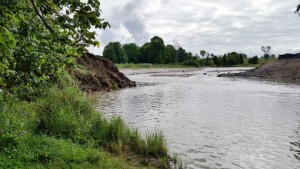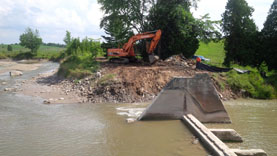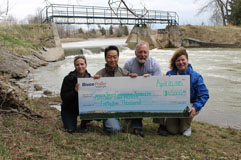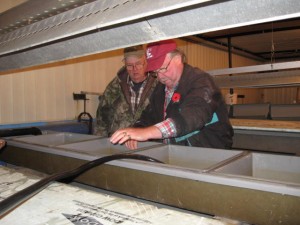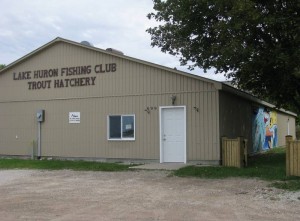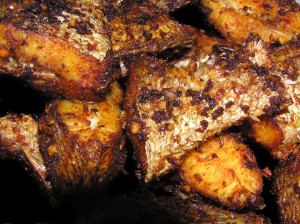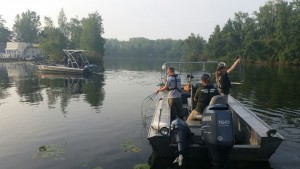
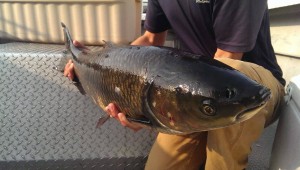
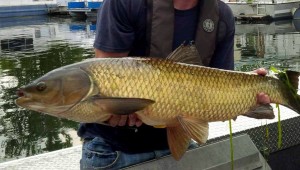
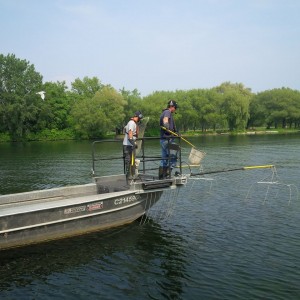 Three Asian Grass Carp have been found in the waters around the Toronto Islands marina. In the evening hours of Tuesday, Sept. 1, 2015, Toronto and Region Conservation (TRCA) staff caught two Asian Grass Carp while monitoring fish species in the area. The third was found late in the day on Wednesday, Sept. 2 in the same vicinity.
Three Asian Grass Carp have been found in the waters around the Toronto Islands marina. In the evening hours of Tuesday, Sept. 1, 2015, Toronto and Region Conservation (TRCA) staff caught two Asian Grass Carp while monitoring fish species in the area. The third was found late in the day on Wednesday, Sept. 2 in the same vicinity.
The Grass Carp were immediately sent to a Fisheries and Oceans Canada laboratory in Burlington for further investigation. The first fish found was 23 pounds, the second weighed 36 pounds and the third was 20 pounds.
As of Wednesday, Sept. 2, 2015, crews in electro fishing and trap net boats from TRCA, Fisheries and Oceans Canada and the Ontario Ministry of Natural Resources and Forestry have been conducting coordinated searches for Asian Grass Carp.
Grass Carp is one of several species in a group of fish known as Asian Carp. They are native to Eastern Asia and have been used in North America, primarily as a food source and also as a means for managing aquatic vegetation. Where they have proliferated in parts of the United States, Grass Carp have had a negative effect on the ecosystem, as well as on the commercial and recreation- al fishery. Grass Carp feed extensively on aquatic vegetation, often uprooting large areas of vegetation, thus depleting other native fish species. Grass Carp differ from the Common Carp found in Lake Ontario which were introduced to Ontario in the 1800’s.
This summer, five live Grass Carp have been found on Toronto’s waterfront. In addition to this week’s findings, two were discovered in July in Tommy Thompson Park. While the discovery of this invasive species in Lake Ontario warrants further monitoring and analysis, circumstances lead- ing to its presence are still unclear. At present, not enough is known to draw conclusions about its source or potential ecological impact.
In recent decades, TRCA has worked to monitor and restore fish habitats along Toronto’s waterfront and the watersheds that feed into it, restoring significant populations of native fish species that were decimated as Toronto grew. With the expansion of wetlands, improvements to shorelines, including the installation of fish habitats along the waterfront, pike, walleye and bass populations have flourished.
TRCA continues to work in the field and on the water in cooperation with Fisheries and Oceans Canada, the Ontario Ministry of Natural Resources and Forestry and other agencies engaged in the protection of the Toronto region waterways from damaging invasive species.
Article Source: http://www.trca.on.ca/news-media/news/releases/211346#sthash.pW17ixhH.dpuf
